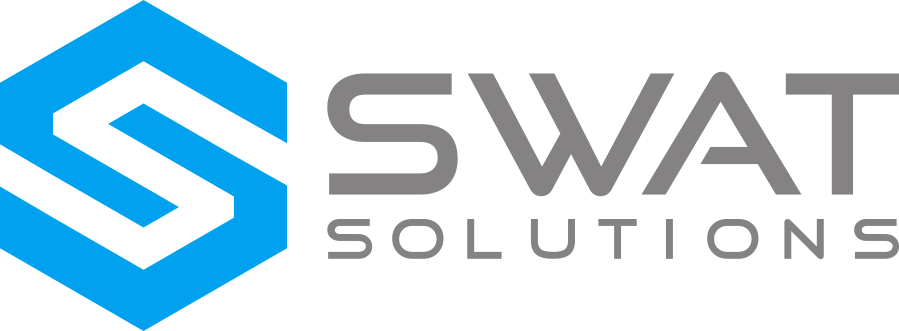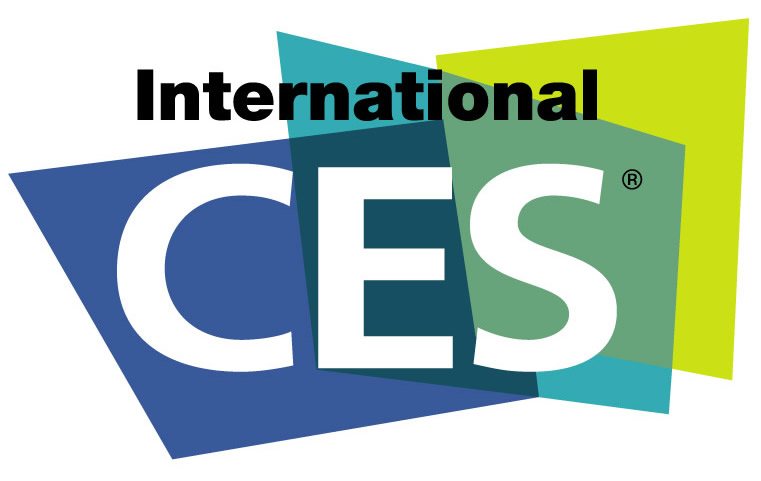CES 2015 has come and gone and taken with it the notion that wearable technology is a fad and that it cannot penetrate the mainstream consciousness. Not only did wearable technology garner tremendous attention at CES 2015 (it got its own wing this year), it managed to steal some of the limelight usually reserved for consumer mainstays like TVs, Gaming Systems, Home Theaters, and Audio Systems. In fact, some attendees would say “Belty” (the world’s first smart belt) stole the show. What’s clear about wearables after CES 2015 is that the market is growing both in terms of revenue and consumer interest. In this article, we’ll review some of the major talking points around wearables at CES 2015 and discuss the impacts they will have on the future of the wearables market. INTEL ANNOUNCES CURIE MODULE
No announcement at CES 2015 validated wearable technology more than Intel’s announcement of its wearable-focused module named Curie. When the world’s leader in micro-processor manufacturing announces it has developed a reference nanocomputer for building future wearables, it says a lot about their outlook on wearable technology. The Curie module, the next generation nanocomputer, includes BLE radio, hefty processor and flash memory, motion sensors, and communication components in order to “enable efficient and intelligent wearable solutions for a broad range of form factors—including rings, bags, bracelets, pendants, fitness trackers, even buttons. ” What’s more, Intel announced that they are “providing a complete software solution that includes a small and efficient real-time operating system (RTOS) together with reference wearable applications called Intel® IQ Software kits. The Intel® IQ Software kits include the embedded software that runs on this module together with companion smartphone applications and associated cloud capabilities. ” Not only does Intel’s Curie provide the guts of a wearable but the IQ Software kit provides the embedded software necessary for manufacturers to push their wearables to market in no time flat. By introducing this wearables core, Intel has breathed new life into innovative start-ups looking to go to market in 2015. STYLE FINALLY SHOWS UP
Ever since the first wearable devices hit the market, the biggest consumer knock on them was the fact that function seemed to outweigh style. As 2014 closed, the wearables market started addressing the criticism: Fitbit introduced a line of Tory Burch accessories, HP tapped Michael Bastian to help design their smartwatch, Intel introduced MICA, and Victoria Secrets introduced a Sports Bra with heartrate sensors. CES 2015 continued the trend of stylish wearables as many critics picked Withings new Activité Pop as best in show thanks in part to its simple design, vibrant colors, and minimal “geek” factor. Not to be outdone, Misfit turned heads by introducing a collaboration with Swarovski for their Shine wearable. The collaboration with Swarovski has resulted in Misfit producing a wearable that is truly luxurious while still providing activity tracking capabilities. Speaking of luxury, Guess wowed CES with their stylish smartwatch Connect. Marlborough court hotel ltd are 2 cases that https://justbuyessay.com help to illustrate this point… The Guess Connect hides smart features behind an elegant analogue watch face. Looksee Labs introduced a bracelet that is an e-ink customizable “e-fashion item which displays a pattern of your choice and a message notification on your wrist”. The bracelets display can be updated anytime to reflect the mood and style of the user. And who could forget Belty, the world’s first smart belt. While the CES prototype was big and bulky, Emotia has promised that they will be producing sleek and trendy looks when Belty hits shelves in late 2015. There was also an unusual “wearable” announced by Leoht: a purse packed with technology. The purse promises to charge all of your devices, lights up to find things easier and also has that extra secret pocket. In 2014, wearables manufacturers were concerned with getting their products on the shelf but if CES is any indication of the year in wearables, then 2015 may be the year wearable manufacturers will focus on enhancing their style in hopes of capturing mainstream buyers’ attention.
WEARABLES INNOVATION IS EVERYWHERE
Going into CES 2015, much of the wearables market was focused on health, fitness, and smart watches but CES 2015 expanded the wearables market to include areas few had imagined it would. Cue Belty, DigitSole (shoes), iPacifier (baby monitor), FitGuard (mouth guard) , Muse Brain Headband (mediation), Blue Link (cars), Zepp (golf), and Nixie (a flying wearable camera that won Intel’s Make It Wearable Challenge) to name a few and you have an ever changing landscape introducing new wearables innovations to every aspect of a consumer’s life. What’s more, the landscape of wearables manufacturers changed as well. Prior to CES, technology brand giants like Apple, Microsoft, HP, and Lenovo entered the wearables market. During CES, companies like Audi, Alcatel, BMW, Hyundai, and Epson (yes, that Epson) entered the wearables market in one way or another. If 2014 marked the introduction of wearables into the mainstream market, 2015 may be the year wearables explode to new heights thanks to the innovations being produced by small and large companies alike. GOOGLE AND APPLE WILL HAVE COMPETITION
Global electronics maker LG made noise at CES 2015 by teasing a mystery smartwatch collaboration with BMW. The partnership with BMW drew a reaction from people at CES but the wearables community was just as fascinated by LG’s decision to use WebOS (yes that WebOS from now defunct Palm) as the brains behind the smartwatch. LG wasn’t the only company to make noise by announcing a new OS platform as Alcatel (a company that has a fleet of Android phones) introduced their OneTouch watch without Android Wear. They explained the use of their own proprietary OS as a way to serve both iOS and Android users. Sony got in on the act as well when they introduced their Sony SmartEyeglass Attach to compete with Google Glass. Aimed specifically for runners to start, the Attach “clips onto the side of the specs (currently only the official ones used in the prototype, but could be developed to snap onto any pair) and then instantly imbues them with a small OLED screen and camera”. While wearable technology has many “smaller” manufacturers (Fitbit, Withings, Pebble), 2015 will see a large number of global brands not named Apple or Google try and wrestle away the market from the smaller incumbents. SUMMARY
CES 2015 has come and gone and left in its wake a veritable smorgasbord of innovations and new products in the wearable device category. One thing is clear for 2015; wearables will infiltrate the mainstream market and will continue the trend of bringing in huge amounts of consumer dollars. There were some important talking points headlined by Intel’s announcement of the Curie Module. The Curie Module will allow any company with a desire to get into the wearables market a way to streamline their product launch. Style finally made its long anticipated appearance in wearables at CES. Not only were incumbent wearables updated (see Misfit’s Shine) but new devices clearly had style in mind from the onset of design (see Withings Activité Pop). Not only was Style found, so were wearables; from every category of life. There were wearables in baby monitors, socks, mouth guards, and cars. 2015 looks like the year wearables integrate into every aspect of a consumer’s life. Finally, CES 2015 forged a new battleground for global brands to wage war. Small incumbents like Fitbit, Withings, and Pebble will face stiff competition from the likes of LG, Alcatel, Guess, Audi, Hyundai, and Epson not to mention Microsoft, Apple, Google, Sony, Underarmour, and Lenovo who already entered in late 2014. If CES 2015 is any indication of the year wearables will have, it’s going to be a big, fun ride!


